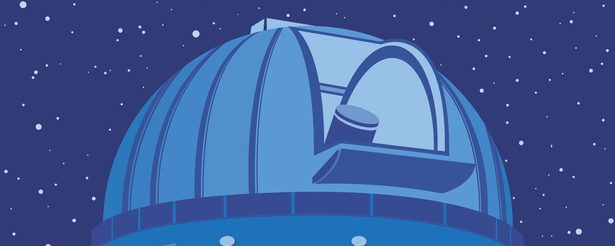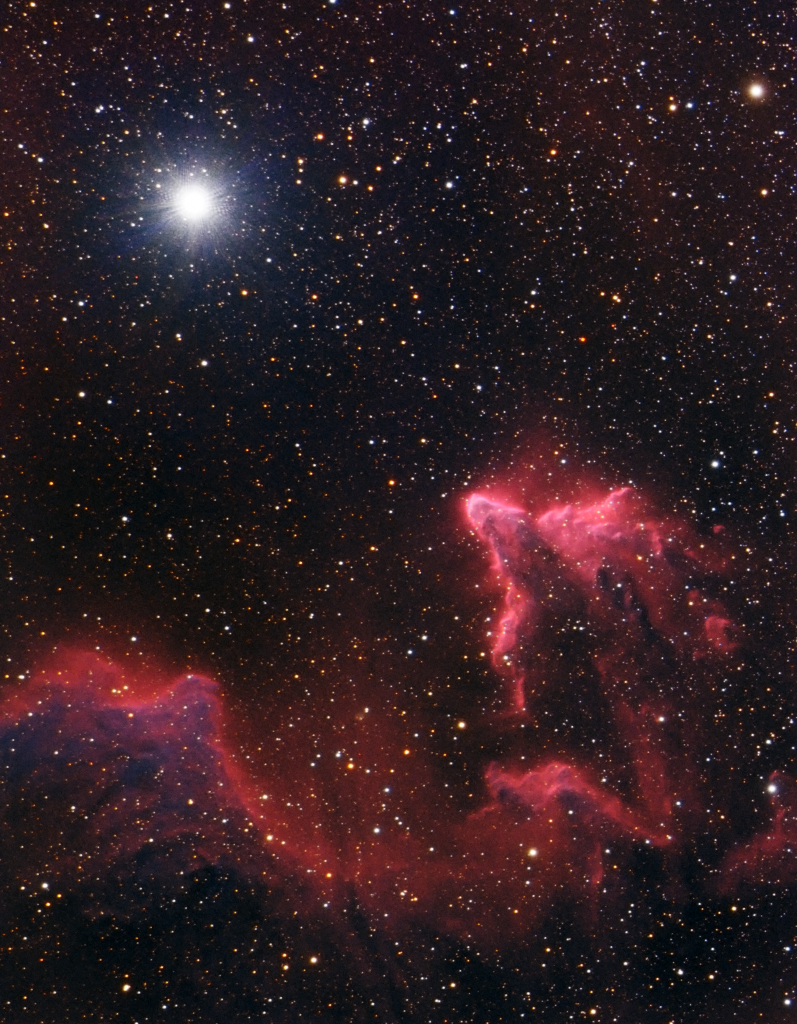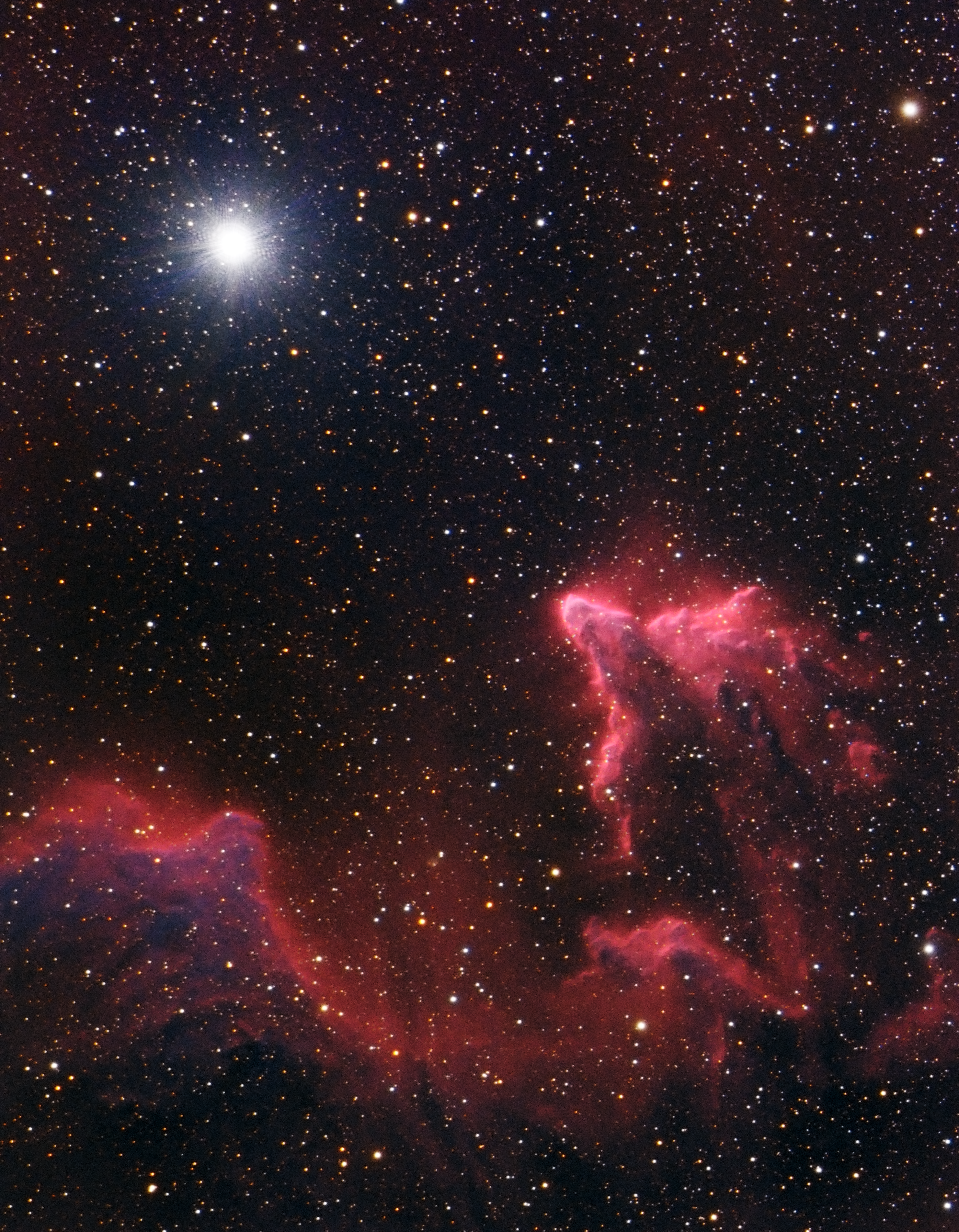
Similar Posts
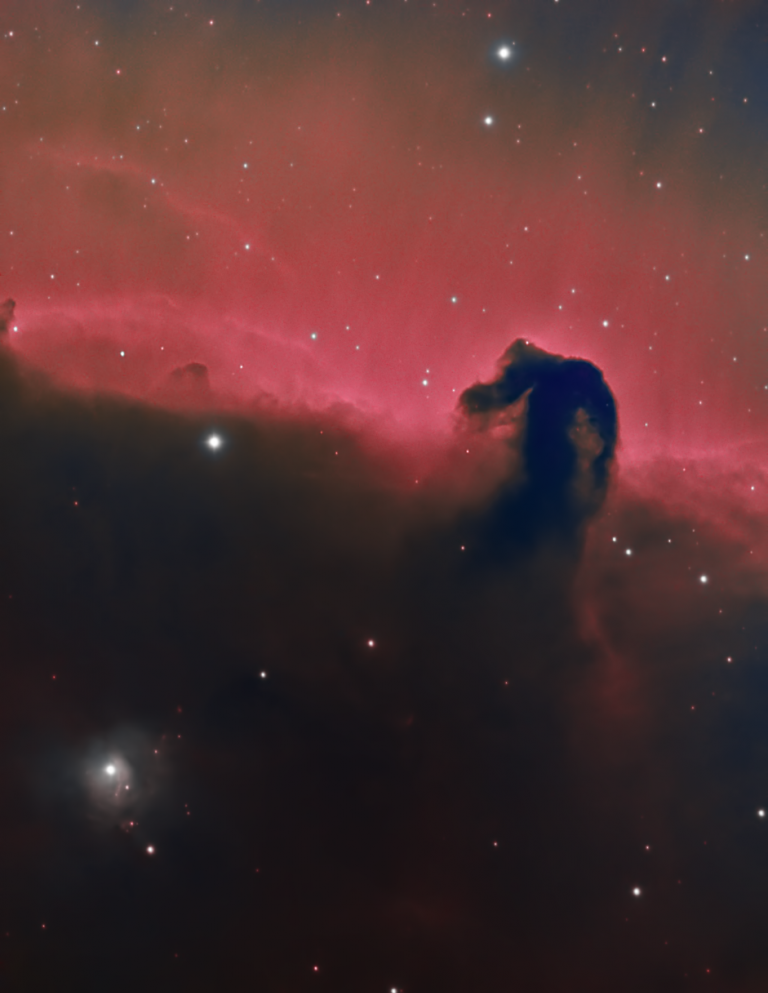
Horsehead Nebula
The iconic Horsehead Nebula, near Orion’s belt. Shot in narrowband over two evenings.
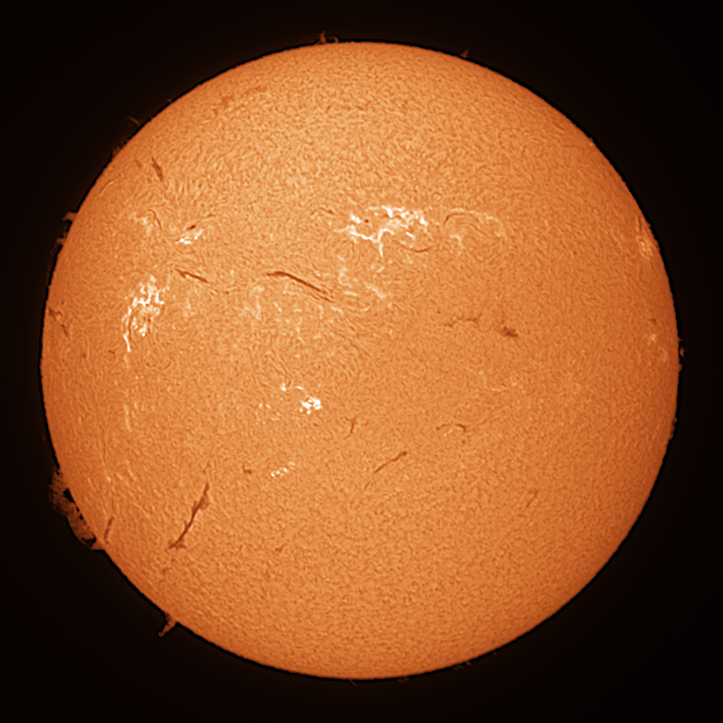
The sun is feisty lately.
This solar cycle has been quite a bit more active than forecast. It motivated me to up my game a little bit with solar imaging; this is my first image with a “double stack” setup that results in narrower filtering on the Hydrogen-alpha emissions from the sun. Lots and lots of prominences, filaments, and sunspots…
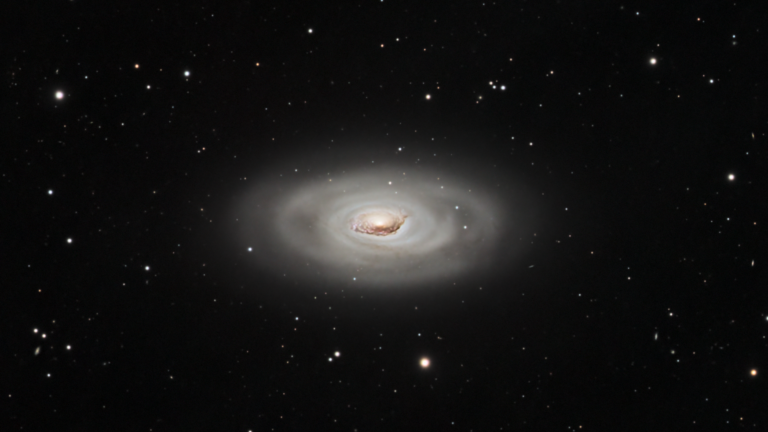
M64, The “Black Eye Galaxy”
Combining 25 hours of data shot over two years, here’s M64. It’s an odd one, with counter-rotating disks that seem to have funneled all that dust in the center there. They think it’s the result of a merger of two galaxies that were spinning in opposite directions. Located about 17 million light-years away, in the…
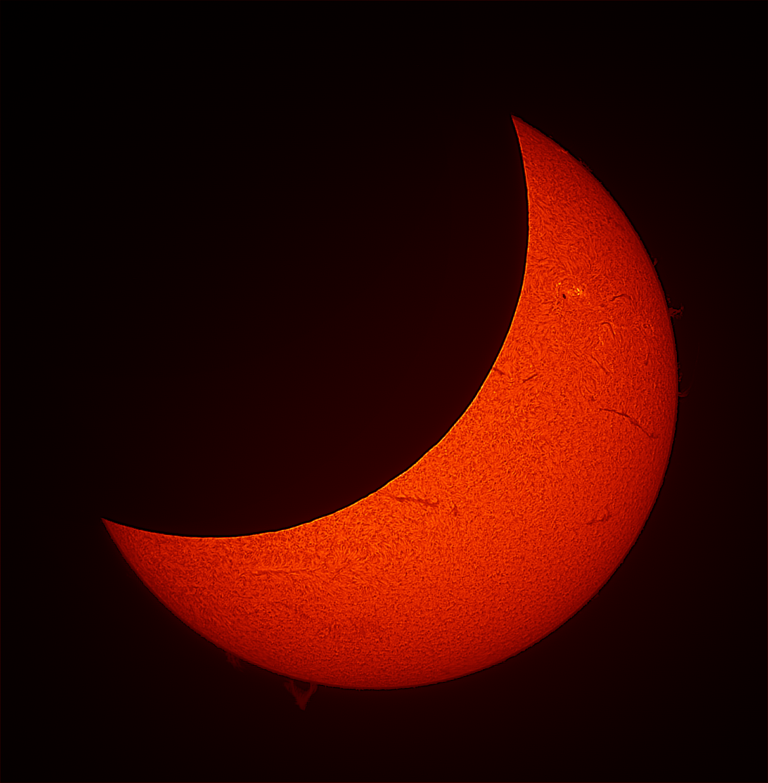
The Great American Eclipse
I wasn’t able to travel to the path of totality, but here from Florida we still had a partial eclipse. Here’s my shot at its peak, viewed through a special solar telescope using a Hydrogen-Alpha filter to bring out all the roiling detail of the sun’s surface. Check out those prominences around the edge!
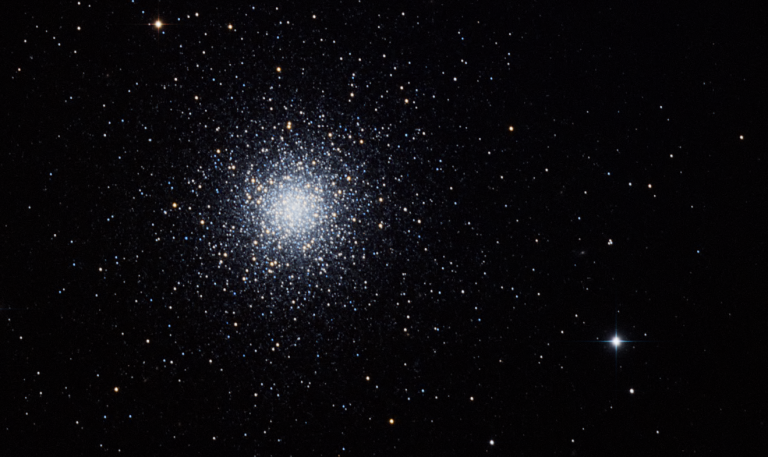
Globular Cluster M3
You’re looking at about 500,000 stars, balled up just outside of our galaxy. They are ancient; about 8 billion years old.
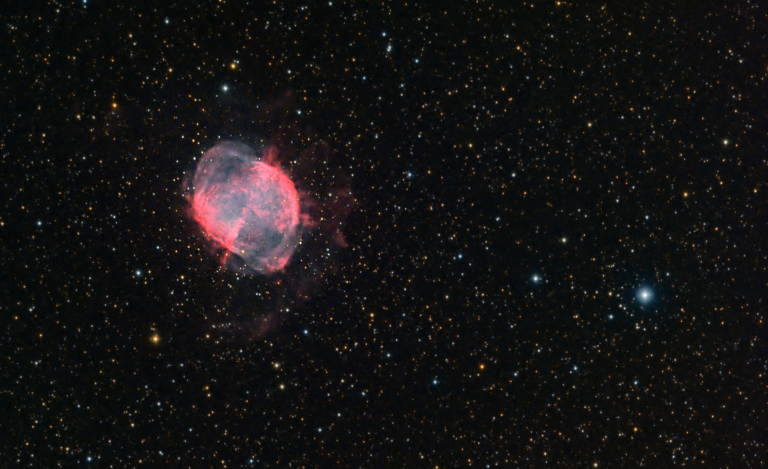
The Dumbbell Nebula
The Dumbbell Nebula (M27) is what’s called a planetary nebula – but it has nothing to do with a planet. This shell of gas was blown out by a dying star; once it started to run out of Hydrogen to burn, it expanded and blew out the gases you see here. The star then collapsed…
